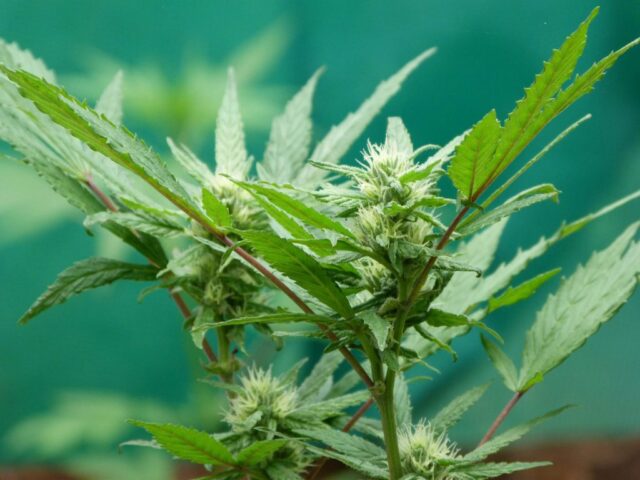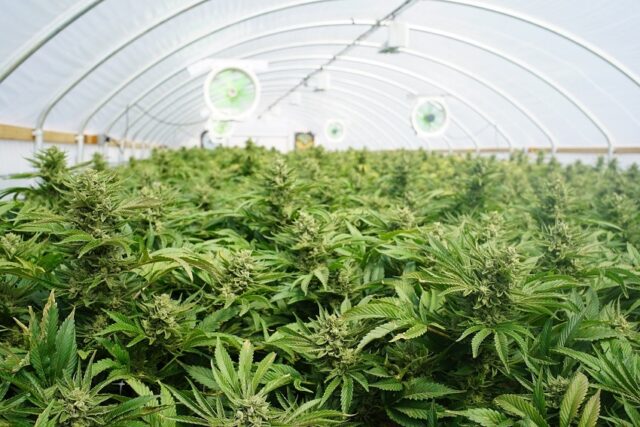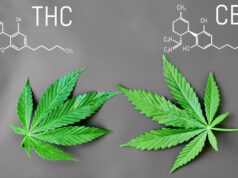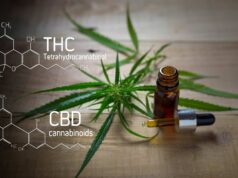
The complex industry of cannabis can be quite confusing because of the different and extensive terminology used by the producers and consumers. We have all heard of works like Cannabinoids, Terpenes, Tetrahydrocannabinol (THC), and Cannabidiol (CBD), and they are not nearly all of them.
Although you are familiar with most of the terms, do you really know what they mean? In our topic today, we will see what hemp biomass is, one of the newest types of cannabis products and terms to come to the industry. Read on to learn more, and if you are interested in something even more on the issue, check out Hkherbarium.net.

What is Hemp?
In order to understand what hemp biomass is, we must first deal with the term “hemp”. What is it and where does it come from?
Also known as industrial hemp, this is a variety of Cannabis Sativa species of the (in)famous cannabis plant. The plants of Sativa typically contain a higher dosage of CBD enzymes, and they do not cause any mind-altering effects, the popular “high”.
While hemp is instilled a member of the same species as marijuana, it is actually very different genetically, mainly in the chemical makeup. Moreover, the cultivation methods and practical uses are vastly different as well.
This is not all, because hemp even looks different when compared to marijuana. Typically, hemp plants are skinny and tall. They have long and narrow leaves that are mostly present at the top of the plant. Few of the branches grow below the top part. Hemp plants can grow up to 20 feet. They are less demanding and you do not need to care for them that much. Hemp is adaptable and it grows in most climates. This is quite a versatile plant.
It is grown and kept in large plots, as close as four inches apart. A plant is mature between 108 – 120 days after planting.
Hemp versus Marijuana
The biggest difference between the two is the fact that hemp has less than 1% of THC. This psychoactive component gives us the “high” while and after smoking marijuana. Marijuana has concentrations of THC anywhere from 15 to 40%, depending on the type. This lack of THC makes it far more legal and obtainable than marijuana because it is considered as a completely different type of plant when it comes to legality. It is legal in most countries.
As you know, marijuana is still illegal in most countries. Across Asia, it is entirely illegal, but you can use it for medical and recreational reasons in both Uruguay and Canada. In America, some of the states have made it legal in recent years, mostly for medical reasons. Nine states have legalized it recreationally. In some parts of the globe, recreational marijuana is illegal, but it is also decriminalized. The controversy and legal ambiguity of marijuana largely are largely connected to the THC it contains.

Hemp and Cannabidiol
Since it is still a member of the cannabis family, hemp is rich in cannabidiol, a useful component with any health benefits. Because of this, hemp can give the users the same relaxation and benefits as marijuana, sans the psychoactive high. Because CBD products are free of THC, they are used more and more around the world, and so is hemp.
Benefits of Hemp
Here are some of the biggest benefits of hemp consumption:
- Hemp seeds are a rich and complete source of protein. They provide us with all nine essential amino acids.
- Hemp is full of healthy polyunsaturated fats, like omega-3 fatty acids.
- It is also high in fiber.
- It contains a large number of minerals and vitamins.
For these simple and clear reasons, hemp is beneficial to our health. This, however, hemp is also used for industrial purposes because it can produce hundreds of resources like paper, clothing, various building materials, biofuel, oils, food products, etc.
What is Hemp Biomass Then?
Biomass is waste material from plants or animals not used for food or feed. This is a simple and clear definition of biomass that is useful in this article. Hemp biomass is an organic material that is left after the flower of the plant has been harvested and processed. The flower is used for products like foods, oils, creams, etc.
But what happens to all of the biomass? By-products like stalks and leaves are also useable in some other, alternative ways. Most commonly, they are used as energy fuel. To put it simply, hemp biomass is all of the leftovers of the hemp plant that can we can convert into fuel. However, this is not all because some producers use biomass to extract more hemp oils, CBD distillates, and CBD isolates.
Hemp Biomass as Fuel
We have established that biomass is an organic material that is left from plants and animals, and which can be used as a renewable source of energy. In our case, hemp waste is our organic material.
Since it is a plant, hemp contains energy from the sun because each and every plant on the planet goes through photosynthesis. They absorb this energy and use it for themselves, producing oxygen as a by-product. Hemp biomass stores a lot of energy, and when it burns, the chemical energy is released as heat.
Because of all this, growing hemp can be a true sustainable fuel alternative, especially for smaller farmers. And because it is renewable, it is also perfect for the environment! Even better, hemp grows fast and reaches maturity in around four months. This means that vast areas of land can be harvested quickly, and new plants can be planted.

Using Hemp Biomass as a Fuel
Hemp biomass can be used directly as a fuel, or it can be turned into liquid biofuels or biogas, which can then serve as fuel.
Wood is the most common example of biomass, and it is burned in heavy industry to get heat and generate electricity. Still, the most common use of wood as biomass is as fuel for heating in fireplaces.
Conclusion
Know that you know how useful hemp and hemp biomass can be, it is time to spread the word! This plant is so versatile and beneficial in all of its forms that it is pity humankind does not use it more. The usage will surely rise in the near future because people are more aware of climate change and preservation of our planet, as well as their own health and relaxation. Good times are ahead!









